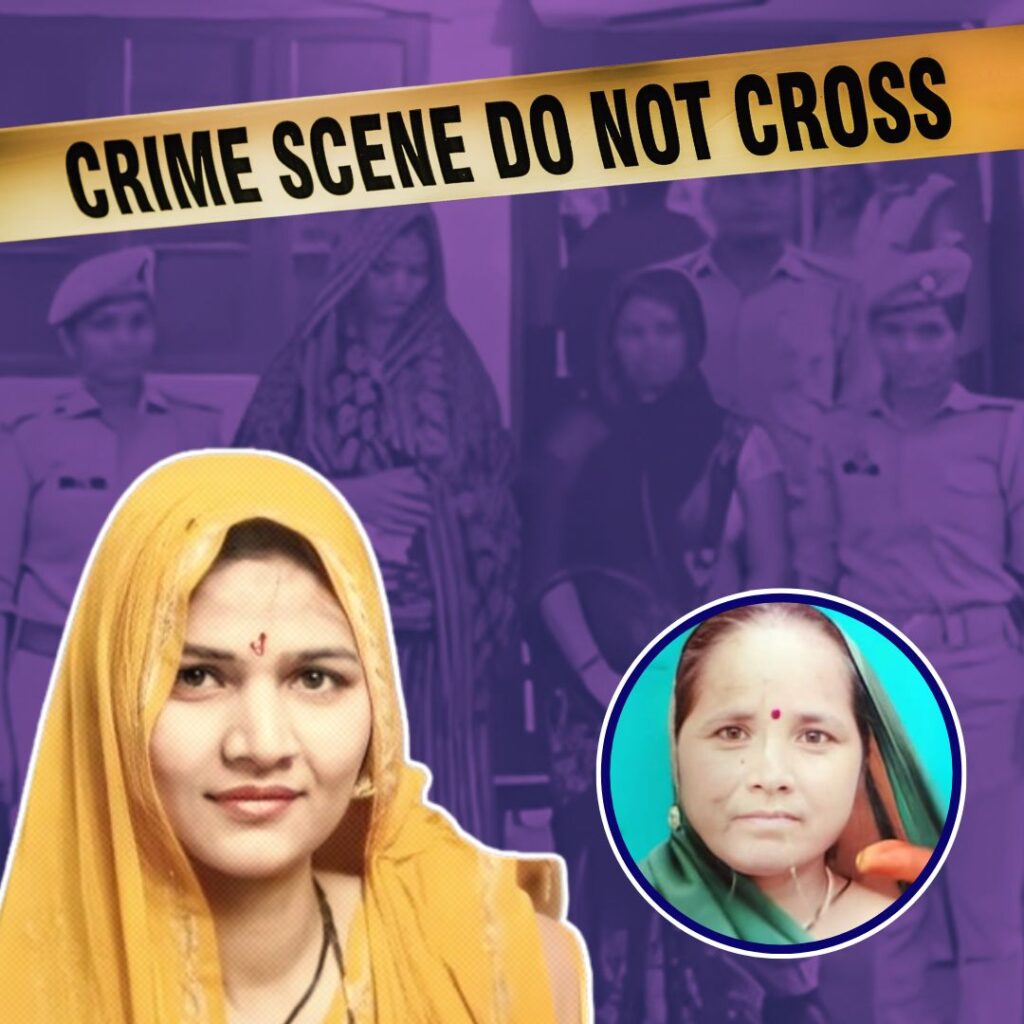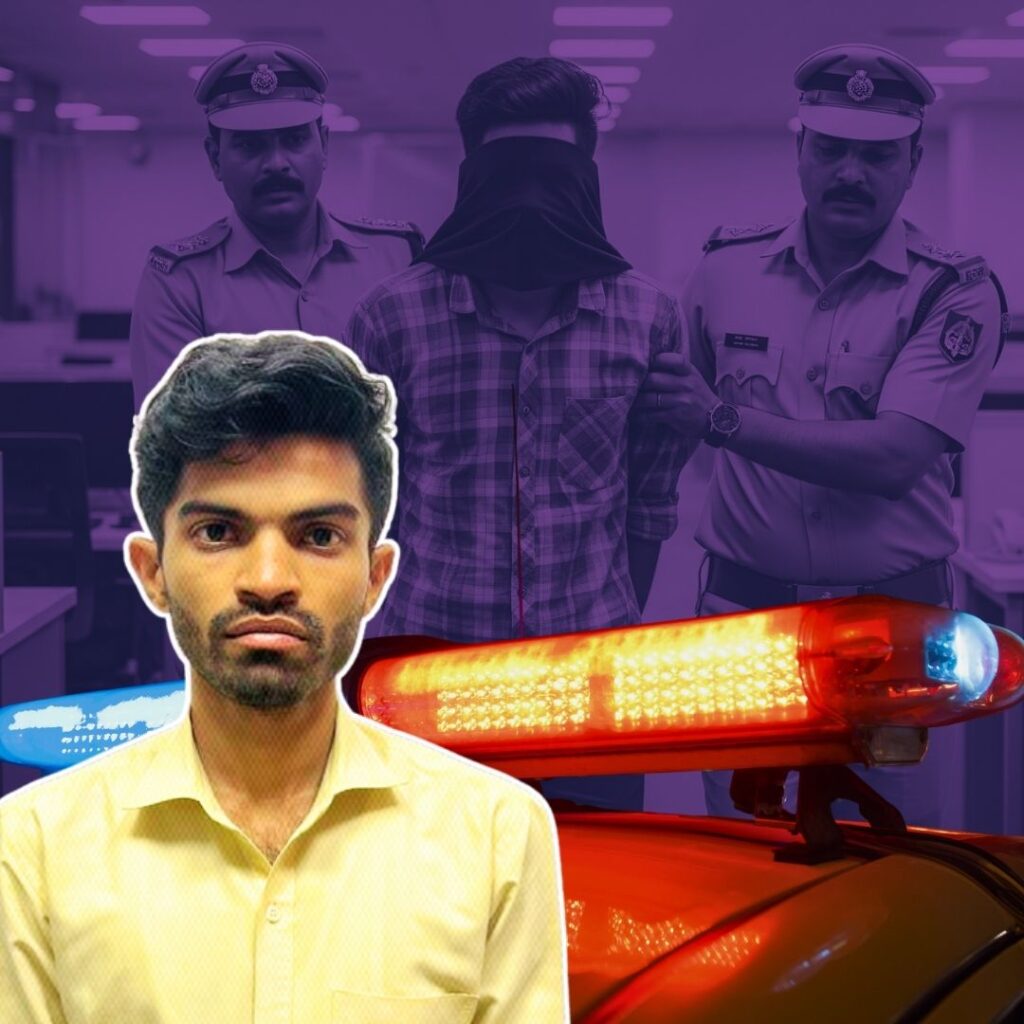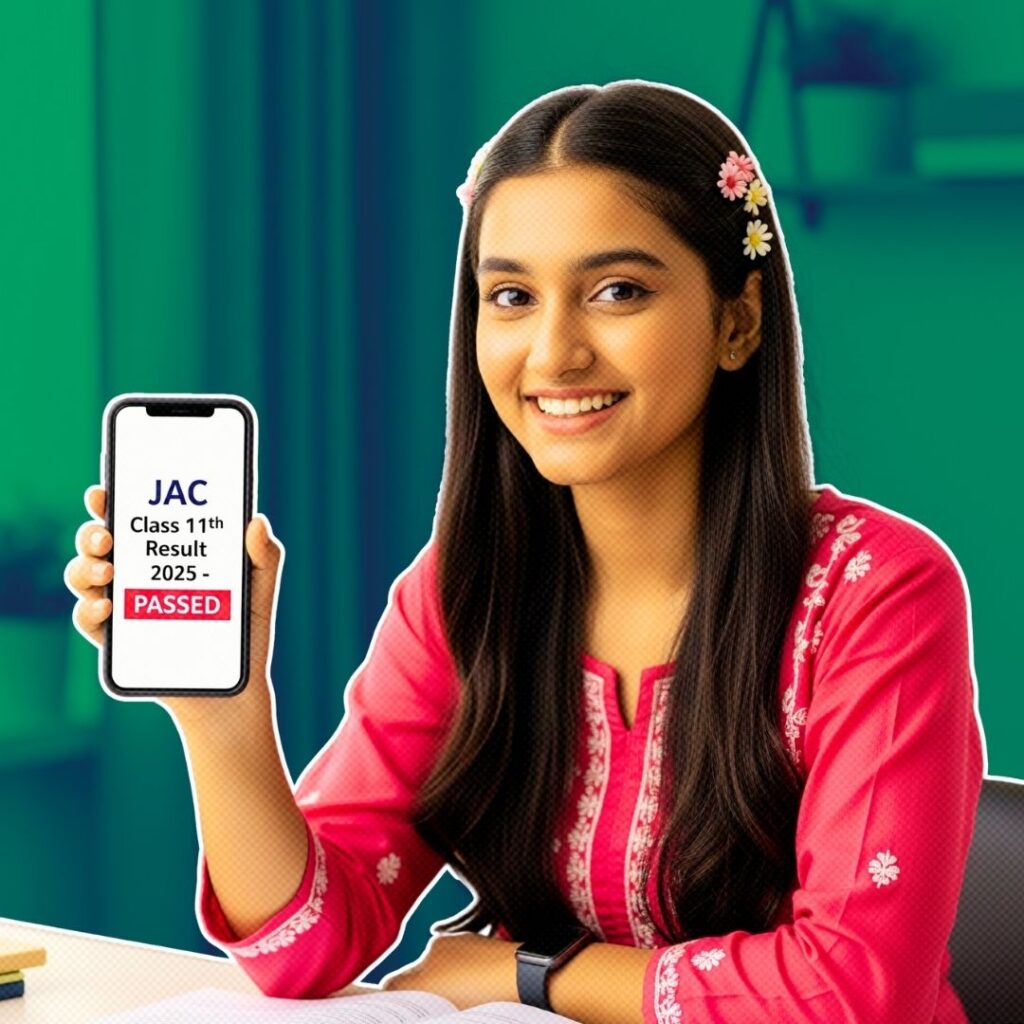Located in the southern region of Assam is the resource-rich and lush Barak Valley. The main city of the Valley is Silchar, a city which has come to be hailed as the “Island of Peace” due to its reputation of being politically stable in the otherwise disturbed region.
Whatever the name might indicate, Barak Valley is not named after former US President Barack Obama. The name “Barak” has derived from the Dimasa (a Sino-Tibetan language) words “Bra” & “Kro”. “Bra” means bifurcation and “Kro” means upper portion/stream. The Barak River – after which the Valley is named – is bifurcated into two in the region.
The people of Barak Valley had a history of limited access to healthcare. The nearest cancer hospital was in Guwahati, which was 350 km away and, owing to the harsh terrain, several hours away.
The poor state of healthcare coupled with the high incidence of cancer in the region were causes of great concern to the local population. The citizens of Barak Valley took matters into their own hands and set up a hospital in 1996. This was the foundation of the Cachar Cancer Hospital Society.
Source: blogspot
The hospital faced multiple challenges from the very beginning. Lack of funds, poor infrastructure, lack of sufficient medical professionals – the hospital toiled against several obstacles for about a decade. Finally, in 2007, Barak Valley and the Cachar Cancer Hospital Society got their saviour – in the form of Dr Ravi Kannan.
It was an unique match, initially. Dr Kannan, a renowned oncologist from the Adyar Cancer Institute in Chennai, shifting with his family to Silchar, Assam. To learn about his journey and his experiences, The Logical Indian interviewed Dr Ravi Kannan.
Dr Kannan used to work for the Cancer Institute (WIA) in Chennai. He said, “I was there for about 15 years and learnt from and worked with some wonderful and humane individuals. My mentor, Dr Krishnamurthi, often used to say that in medical practice the only interest in mind should be the patient’s interest. He would insist that if a patient did not have the resources for his or her treatment, then it is the job of the treating clinician to find the resources.”
Source: lh5
When the Cachar Cancer Hospital Society was established in 1992, the then Director of the hospital had visited a number of cancer centres in the country, searching for support. He also spent 3 months with Dr Kannan in Chennai and was in regular touch after that, often referring patients who needed support.
Soon after Dr Kannan left the Cancer Institute, the Director called him regarding some patient. “During the conversation,” Dr Kannan said, “I mentioned that I was no longer working at the Institute. His first reaction was that I should relocate to Assam. All we knew about Assam in those days was the bomb blasts and the floods. My wife’s first response, understandably, was ‘Anywhere but Assam’. But the [Cachar Cancer Hospital] Society persistently wrote letters and called over the phone. So my wife, daughter (who was then in the fourth grade), and I paid a visit to Silchar.”
“I spent time in the hospital and Seetha went around the community. We also visited a number of schools. In many of the schools that we visited, the principals were very supportive: ‘Doctor, we know why you would come’, ‘Your daughter will get admission’ and so on When we visited the local Kendriya Vidyalaya, I realised the principal, Mr Hari Singh, was my batch alumnus. We discovered the link in two minutes and bonded instantly! Before we could go back, my wife told me “Ravi, this is what we should be doing, it makes a lot of meaning. Let’s move here.”
On their return, before Dr Kannan could even initiate discussion with his colleagues, Mrs Kannan resigned from her work. The Doctor’s father supported their decision. They relocated to Barak Valley in June 2007. “In a couple of months, we had have completed 10 years here … time has just flown.”
When he finally arrived in the Valley, Dr Kannan must have assumed that it would be a difficult task to adapt to the new environment, given the cultural and linguistic differences. However, the family actually did not find it difficult at all. “We were fluent with Hindi, and most patients understand Hindi. The local communities are extremely warm and welcoming. They may be poor but will always welcome you with tea. That is the beauty of India: you live for 25 years in the US and yet you will always be a migrant and an Asian. You go to any part of India and you will be assimilated easily.”
In the last few decades, the occurrence of non-communicable diseases (NCDs) such as cancer is on the rise in India. Many global commentators have hinted that the next pandemic could very well be NCDs in developing countries. This is due to the growing burden of NCDs in low- and lower-middle-income countries, the drivers of this change, and failure of healthcare systems in bridging the resource gap to deliver appropriate NCD care for…











